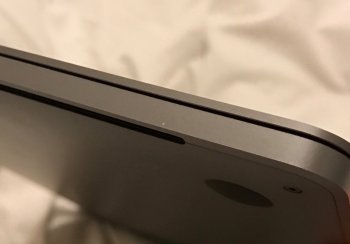I feel like I have to clear up some stuff about FileVault since there seems to be a lot of fretting in this thread about things that aren't problems.
FileVault encrypts your entire boot disk, which means that the system can't actually boot from it until it can unlock it with a password. So, when you first boot up your Mac with FileVault enabled, what you're
seeing isn't actually macOS, it's the Mac's EFI firmware with a copy of your desktop picture and the user list. It'll take your password, and if it's valid, will unlock your disk
then start booting macOS.
Because you're not interacting with macOS, it'll look and feel subtly different than the real thing. And, as far as I'm aware, the firmware doesn't use the GPU to accelerate its UI (the firmware is really small and very limited in what it can do), so it'll feel slower.
So:
- The progress bar you see after entering your password with FileVault is the real macOS booting — it's completely normal! Once macOS has booted, the firmware hands over the username and password you entered to macOS so it can log you in.
- The little flicker you see is the firmware handing over control of the display to macOS — also completely normal, though less smooth than my old MacBook. Perhaps a future firmware update will fix it.
The boot process being different with FileVault is completely expected because the computer somehow needs to get a password from you to unlock the disk before macOS can boot. Apple tries to mask this (rather complex) handover procedure by pretending you're looking at a normal login screen, which it achieves pretty well considering the limitations of running in firmware.
I have FileVault enabled on my Touch Bar MBP and it behaves in the ways I described above —
it's perfectly fine!



